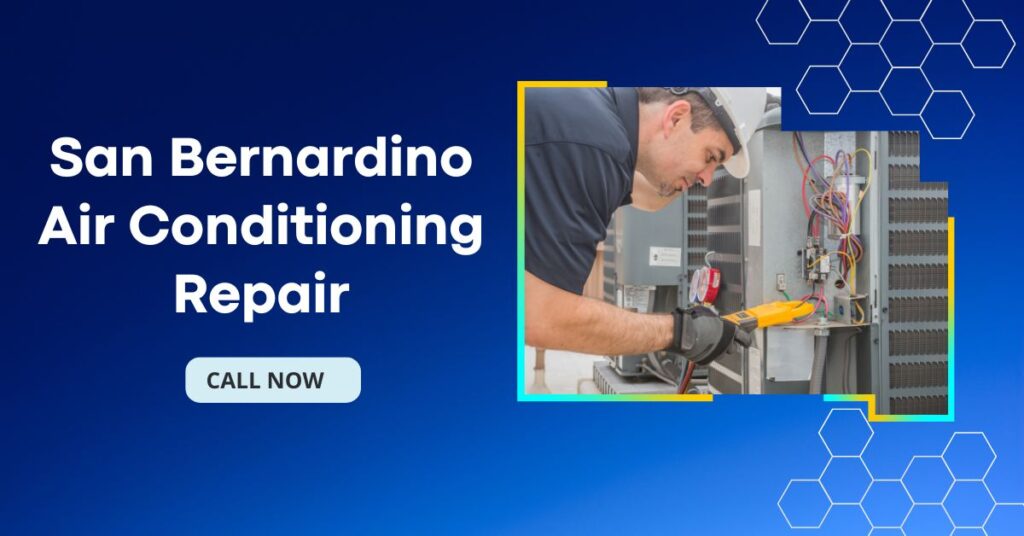If your air conditioner or furnace isn’t working properly, you may be considering calling an HVAC technician. Before you do so, there are some important heating cooling tips to keep in mind. Knowing what to expect and having a general understanding of the process can help ensure that you get the most out of your HVAC repair service. Here are some heating cooling tips before calling an HVAC tech that will save you time and money.
What You Need To Know Before Calling An Air Conditioning Tech
Often, there are simple things you can do to troubleshoot HVAC problems before calling an HVAC technician. This can save you time and money.
The most important thing to keep in mind is safety. Always wear proper industrial-grade footwear, and make sure you are aware of any potential hazards.
1. Check The Air Filter
If you have a clogged air filter, then it can cause your system to work harder than necessary. This will result in higher energy bills and may lead to expensive repairs down the line.
It is important to check the air filter regularly for any signs of a blockage. This will cut down on unnecessary calls to the HVAC technician and save you money in the long run.
Filters should be changed every 30 days or more often, depending on your home’s environment and the amount of time you use your system. Changing your filters on a regular basis will also help to ensure the efficiency of your air conditioning or heating system, which can reduce energy costs and prolong the life of your equipment.
A dirty filter can be damaged by moisture, which can cause mold growth and other problems. Additionally, a dirty filter can allow allergens like dust and pet dander to circulate throughout your home.
Duct Cleaning
A properly cleaned duct system can improve air quality and increase energy efficiency. However, it is important to find a qualified duct cleaning service for this task. The wrong contractor could do more harm than good.
During the inspection, the service provider will identify any issues in the ductwork that could be affecting your system’s efficiency or air quality. They will clean the ducts and replace any loose or damaged parts.
They can also change the filtration system to help improve air quality. This can help to reduce the amount of allergens in your home and provide a healthier place for you and your family to live.
It can be helpful to have multiple filters on hand for your HVAC system to ensure you always have one in place. This will make the process of checking your filters much more convenient.
The last thing you want is a damaged or clogged air filter to stop the flow of air through your ventilation system. A clogged or dirty air filter can lead to poor indoor air quality and can damage your HVAC system.
A clogged or dirty air filter can also make it difficult for the unit to cool your home or office, which can lead to high energy bills and more frequent calls to an HVAC technician. Keeping your filter clean and removing any debris will also prevent the need for expensive repairs down the road.
2. Check The Condensation Line
A clogged condensate line isn’t as noticeable as a leaky air conditioner, but it can be a serious problem. If a clog isn’t resolved, excess water can build up in your home, leading to moldy odors and even flooding.
You’ll find the condensation line – a white PVC pipe – near your outdoor condenser unit. It’s a critical part of your system that moves the water out of your home safely, and it’s something you should check for yourself periodically throughout the cooling season to ensure that your home is properly drained.
If you see a puddle of water next to your AC, this is likely caused by a blockage in the line. It may be due to algae or other biological growth, and it’s best to get this issue addressed right away.
Another important thing to look for is the presence of ice in your drain line. If ice is present, it can obstruct the flow of water and cause major damage to your HVAC.
This is why it’s a good idea to keep the drain clean, and it’s also an ideal way to prevent clogs from occurring in the first place. You can do this by pouring a cup of bleach down the access pipe before turning on your system, and you can also have a professional clean the drain during an annual maintenance visit.
It’s not uncommon for a blocked condensate line to cause your air conditioner to stop working, and some newer models are even designed to shut down when they detect a backup of water in the system.
If the clog isn’t easily accessible, you can try using a wet/dry vacuum to clear it up. Just make sure to remove the hose when you’re finished, as this will allow the vacuum to draw out any remaining obstructions.
A clogged AC drainage line can result in a wide variety of problems, so it’s important to check it out regularly and have it cleaned by an HVAC technician. Getting a regular cleaning can prevent the need for emergency repairs, and it can help your system run more efficiently as well.
3. Check The Thermostat
Thermostats are a central part of any heating or cooling system that maintains the desired temperature. They are designed to use an internal sensor to measure the temperature and then switch on or off your HVAC system.
Some thermostats are programmable, allowing you to set a schedule and automatically turn on your heating or air conditioning when you need it. This is a great way to save money on your energy bill, and ensure your home stays comfortable throughout the year.
You should check your thermostat periodically to make sure it’s working properly. If it isn’t, it’s important to call an HVAC technician so they can fix the issue and get your home back to a comfortable temperature.
Another thing that can cause your thermostat to stop working is a dirty or clogged filter. When your filters are dirty, the air that passes through them will not be able to reach the temperature set on the thermostat, which can lead to your HVAC system wasting power and causing it to work less efficiently.
This can also lead to higher utility bills, as your HVAC system must work harder to keep up with the temperatures you set on your thermostat. If your air filters aren’t clean, it may be necessary to replace them to get your home comfortable again.
Likewise, if your thermostat is old and in bad condition, it could be malfunctioning. A faulty thermostat can lead to a variety of problems, including not turning on your heating or cooling system, not reaching the desired temperature, and showing an error message.
A thermostat is a control device that can be used in many different applications, including ambient air control and automotive coolant control. It exerts control by regulating the flow of heat transfer fluid to maintain the desired temperature, which can be displayed on the device itself or in an interface.
4. Check The Heating & Cooling Switches
If you notice that your system is acting up, it’s important to take a closer look at the switches before calling an HVAC tech for help. In some cases, a minor problem with a component can lead to a major one down the road.
Fortunately, there are some simple things you can do to help prevent this from happening in the first place. These easy maintenance tips are a great way to make sure your home’s air conditioning is operating at peak performance.
1. Check Your Circuit Breaker
Most homes have a circuit breaker that can help keep power to your home’s air conditioning and furnace from being accidentally cut off during an unexpected electrical surge. Having this breaker properly set can save you a lot of money in the long run.
2. Test Your Furnace Limit Switch
In many modern furnaces, there is a switch that limits the amount of power that goes to the furnace blower fan. If this switch is off or has tripped, it means that something is wrong with the blower fan and you should call an HVAC technician to come out and look at it.
3. Test Your Wet Switch/Float Switch
A float switch on your air conditioner or heat pump is designed to shut down the compressor when water begins to build up in the condensate pan (the pan that collects condensation from your AC unit). If your float switch fails, this can be a dangerous situation that needs to be addressed immediately by an HVAC technician.
4. Check The Location Of Your Thermostat
Ideally, your thermostat should be placed where it can accurately sense the temperature of the room. This is particularly true in rooms with high ceilings, direct sunlight, or heat from kitchen appliances. It’s also a good idea to move your thermostat if you notice that it’s not detecting the correct indoor temperature.
 5. Check Your Air Filter
5. Check Your Air Filter
A clean, fresh air filter is an essential part of your HVAC system. Clogged filters slow down the flow of air and increase your energy bills. This can be avoided by regularly changing your air filter.
In conclusion, preparing for an HVAC technician visit can be a daunting task. If you follow these tips, however, you can ensure that the tech will have all they need to get the job done quickly and efficiently. Make sure to check all the filters and vents, turn off any appliances that might interfere with their work, and clear out any clutter that could be in the way. Additionally, ask questions when necessary and provide as much information as possible on your HVAC system.
The post Heating & Cooling: Tips From a Pro Before Calling a Tech appeared first on https://gqcentral.co.uk






Comments are closed